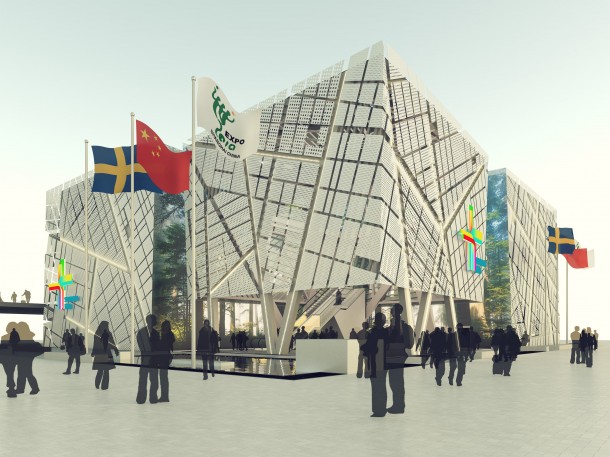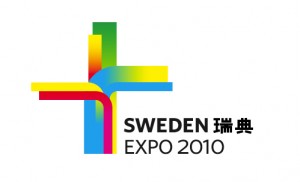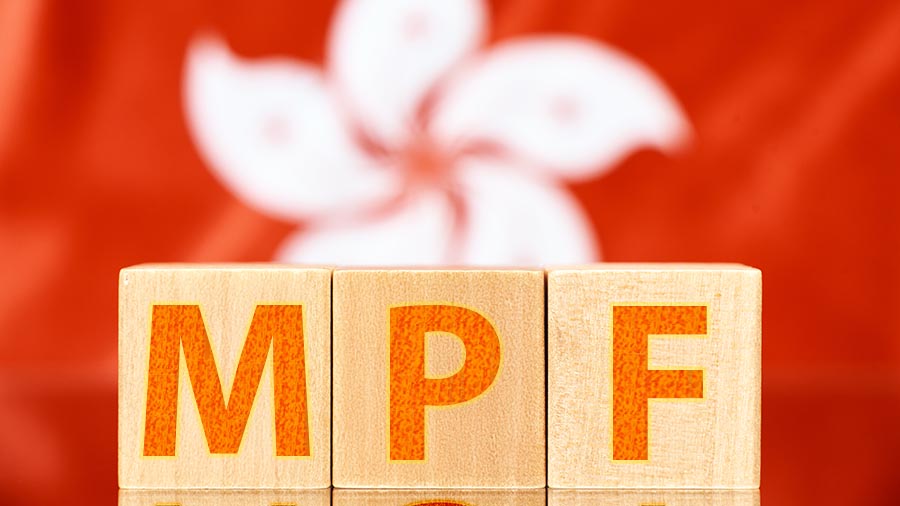Shanghai Expo 2010: The Swedish Pavilion
 The 2010 World Exposition in Shanghai will be the first registered one in a developing country. Officially known as “Expo Shanghai 2010,” it will last 184 days and provide China an opportunity to show off its remarkable economic growth. The expo will also give foreign nations and companies a chance to further develop business partnerships with China and Chinese companies. This is the tenth in an ongoing series that will look at the upcoming expo, from country pavilions to trade development. In this article, we take a look at the Swedish Pavilion.
The 2010 World Exposition in Shanghai will be the first registered one in a developing country. Officially known as “Expo Shanghai 2010,” it will last 184 days and provide China an opportunity to show off its remarkable economic growth. The expo will also give foreign nations and companies a chance to further develop business partnerships with China and Chinese companies. This is the tenth in an ongoing series that will look at the upcoming expo, from country pavilions to trade development. In this article, we take a look at the Swedish Pavilion.
By Lasse Hounsgaard
SHANGHAI, Jan. 11 – The Swedish Expo pavilion will be living up to the slogan “Sweden- Spirit of Innovation” when the exposition opens in April. The impressive structure will cover 3,000 square meters and began construction on April 20, 2009.
The pavilion will be engineered and designed by the Swedish architect firm Sweco while a Swedish communication and public relations company, Springtime is the lead agency in charge of designing the exhibition.The exhibition will focus on the Sweden’s innovative spirit and closeness to nature, highlighting the abilities to improve the urban environment with creativity and scientific knowledge.
 Sweden takes great pride of their innovation which so far has produced world-class brands like IKEA and Volvo. Sweden was the first to implement compulsory education for children and has one of the highest expenditure per capita on research. The innovative spirit has also been a guiding purpose for Swedes when considering economic growth, which translates to a combined concern for the environment and its citizens by providing health care and social services to all.
Sweden takes great pride of their innovation which so far has produced world-class brands like IKEA and Volvo. Sweden was the first to implement compulsory education for children and has one of the highest expenditure per capita on research. The innovative spirit has also been a guiding purpose for Swedes when considering economic growth, which translates to a combined concern for the environment and its citizens by providing health care and social services to all.
The Swedish approach to sustainability has always taken care of its inhabitants, as well as nature, which is one of the main cornerstones for the Expo along with innovation. This point will be stressed in the exposition and hopefully inspire other nations to follow this approach and make sure they use a decreasing amount of non-renewable resources.
 As a matter of fact, the pavilion is designed to be reused after the Expo. It will be built with a Swedish sustainable approach that includes environmental technologies, social and economic aspects, according to Ms. Annika Rembe, Sweden’s Commissioner General. The last cornerstone of the exposition is defined as communication, emphasizing how new patterns of communication can open new frontiers, but also at the same time how dialogue can strengthen the society.
As a matter of fact, the pavilion is designed to be reused after the Expo. It will be built with a Swedish sustainable approach that includes environmental technologies, social and economic aspects, according to Ms. Annika Rembe, Sweden’s Commissioner General. The last cornerstone of the exposition is defined as communication, emphasizing how new patterns of communication can open new frontiers, but also at the same time how dialogue can strengthen the society.
This demanding task also demands an alternate role, as the Swedish pavilion will strive to be a meeting place rather than a showroom. It will be a welcoming venue to network as well as gain insights into the Sweden’s innovative and sustainable approach.
 The lower floors of the pavilion are intended as exhibition areas and will take the audience through a presentation that represents the city’s various services: water, indoor-climate, energy, waste and refuse, transport and raw materials. The visitors will actively search for answers in a captivating, creative and interactive dialogue with the exhibition in which they experience, thrill of innovation; amazing effects of cooperation and open dialogue, the satisfaction of environmentally sustainable development and ”amazing facts” about Swedish life in the shape of various images.
The lower floors of the pavilion are intended as exhibition areas and will take the audience through a presentation that represents the city’s various services: water, indoor-climate, energy, waste and refuse, transport and raw materials. The visitors will actively search for answers in a captivating, creative and interactive dialogue with the exhibition in which they experience, thrill of innovation; amazing effects of cooperation and open dialogue, the satisfaction of environmentally sustainable development and ”amazing facts” about Swedish life in the shape of various images.
 Besides the promotion of Swedish innovation and sustainability, the pavilion aims to project a positive image of Sweden globally and promote competitiveness and creativity of Swedish trade and industry. The participation should reflect Sweden’s political and economic engagement with a focus on climate and environmental issues, and also expand the opportunities for Swedish companies to compete on the Chinese market.
Besides the promotion of Swedish innovation and sustainability, the pavilion aims to project a positive image of Sweden globally and promote competitiveness and creativity of Swedish trade and industry. The participation should reflect Sweden’s political and economic engagement with a focus on climate and environmental issues, and also expand the opportunities for Swedish companies to compete on the Chinese market.
Other goals include increasing research and cultural exchange as well as promoting Sweden’s attractiveness for tourism and investments. When considering the relationship between Sweden and China, the committee for the Swedish Expo expresses intentions to enhance long lasting relations between Sweden and China.
 The relationship between Sweden and China has a long history, dating back to the 1700s and the Swedish East Indian Company. Today more than 400 Swedish companies are active in the Chinese market while more than 10,000 companies are doing business with China. This makes China the 12th biggest market for Sweden with a total trade amount of approximately US$ 10 billion in 2008, and also makes China the most important Asian market for Sweden.
The relationship between Sweden and China has a long history, dating back to the 1700s and the Swedish East Indian Company. Today more than 400 Swedish companies are active in the Chinese market while more than 10,000 companies are doing business with China. This makes China the 12th biggest market for Sweden with a total trade amount of approximately US$ 10 billion in 2008, and also makes China the most important Asian market for Sweden.
Major Swedish companies such as Ericsson, Volvo, Electrolux, SKF, Atlas Copco, ABB, IKEA have established operations in China. While nearly 60 Chinese projects have been established in Sweden focusing in the telecommunications, research and bio-energy industries. Despite the global downturn many Swedish firms showed great interest in participating in the Expo, Gunnar Wieslander, Swedish Vice Minister for Trade said in a statement.
There is a strong support from the government, business, regions, organizations, universities and the arts, reflecting a desire to help develop and strengthen Sino-Swedish relations. Swedish corporations see China as a key market and the Expo as a prime meeting place. Sweden’s participation is important for establishing long-term relations and for laying the foundations of future business.
Further Reading
The complete Shanghai Expo 2010 series
- Previous Article Is America Stuffed Full of Chinese Products?
- Next Article IBM Expands into Accounts Receivable Lending in China




























